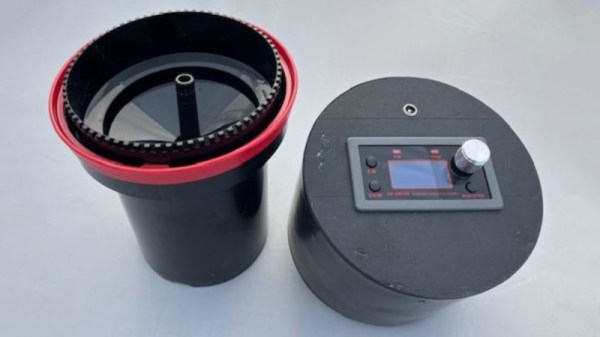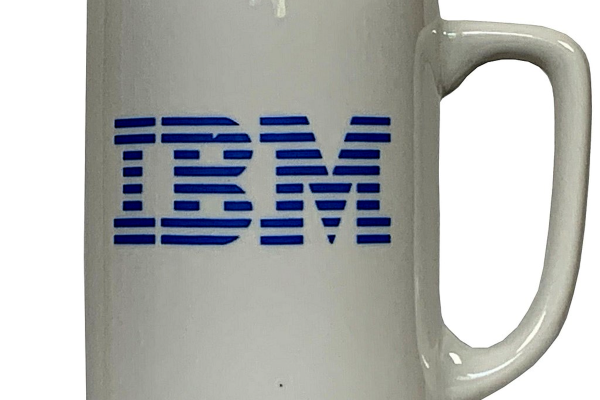[packetandy] had a problem. He was still into classic analog photography, but local options for development were few and far between. After some frustration, he decided to take on the process himself, creating an automatic development tank for that very purpose.
For black and white film, developing is fairly straightforward, if dull and time consuming. The film requires constant agitation during development, which can be dull to do by hand. To get around this, [packetandy] decided to build a development tank rig that could handle agitation duties for him by wiggling the film around in his absence.
The tank itself is created by Patterson, and has a stick on top for agitating the film inside. The rig works by attaching a NEMA stepper motor to this stick to jerk it around appropriately. Rather than go with a microcontroller and custom code, [packetandy] instead just grabbed a programmable off-the-shelf stepper controller that can handle a variety of modes. It’s not sophisticated, but neither is the job at hand, and it does just fine.
It’s a nifty build that should see [packetandy]’s black-and-white photography on the up and up. Meanwhile, if simple development isn’t enough for you, consider diving into the world of darkroom robot automation if you’re so inclined!
















